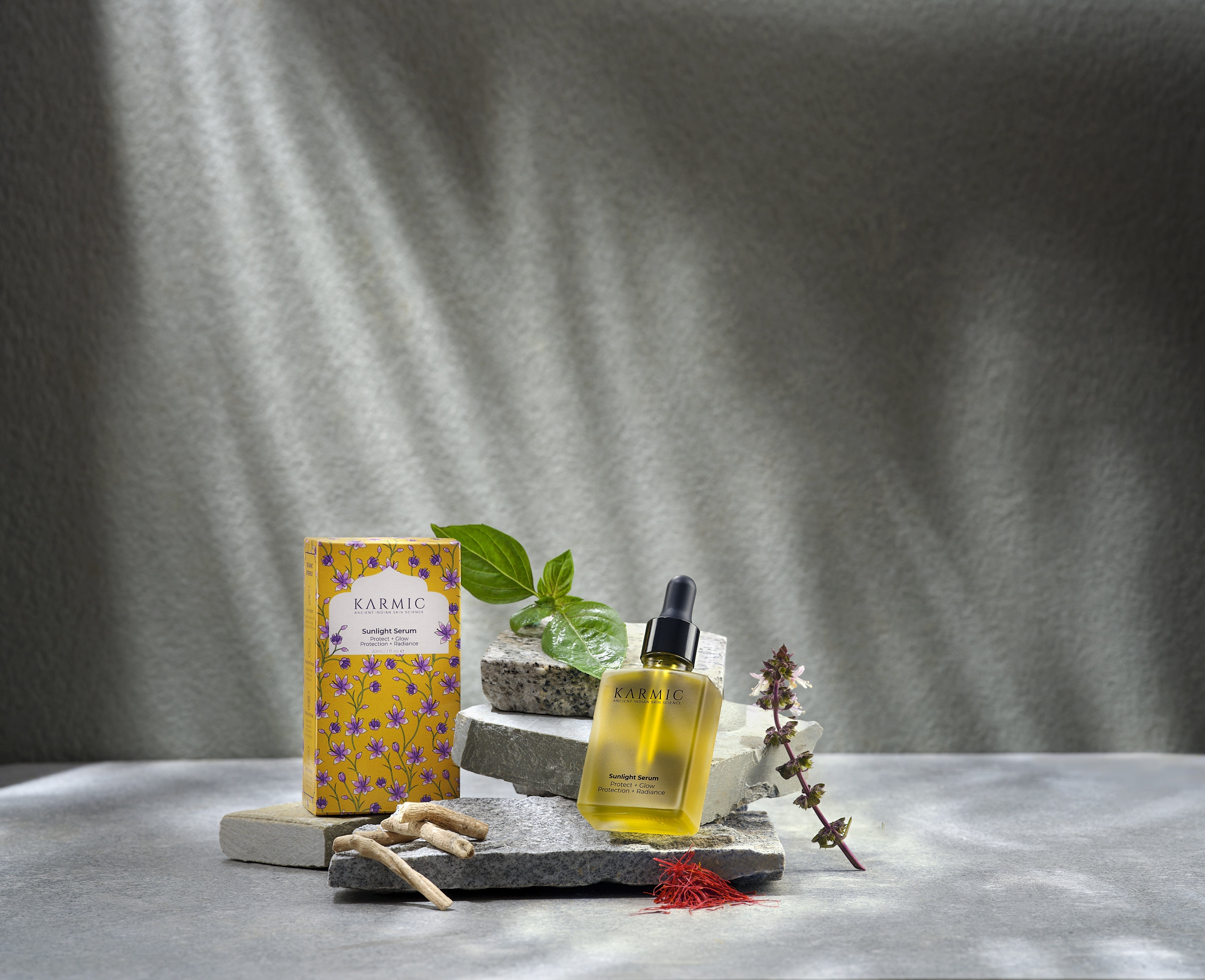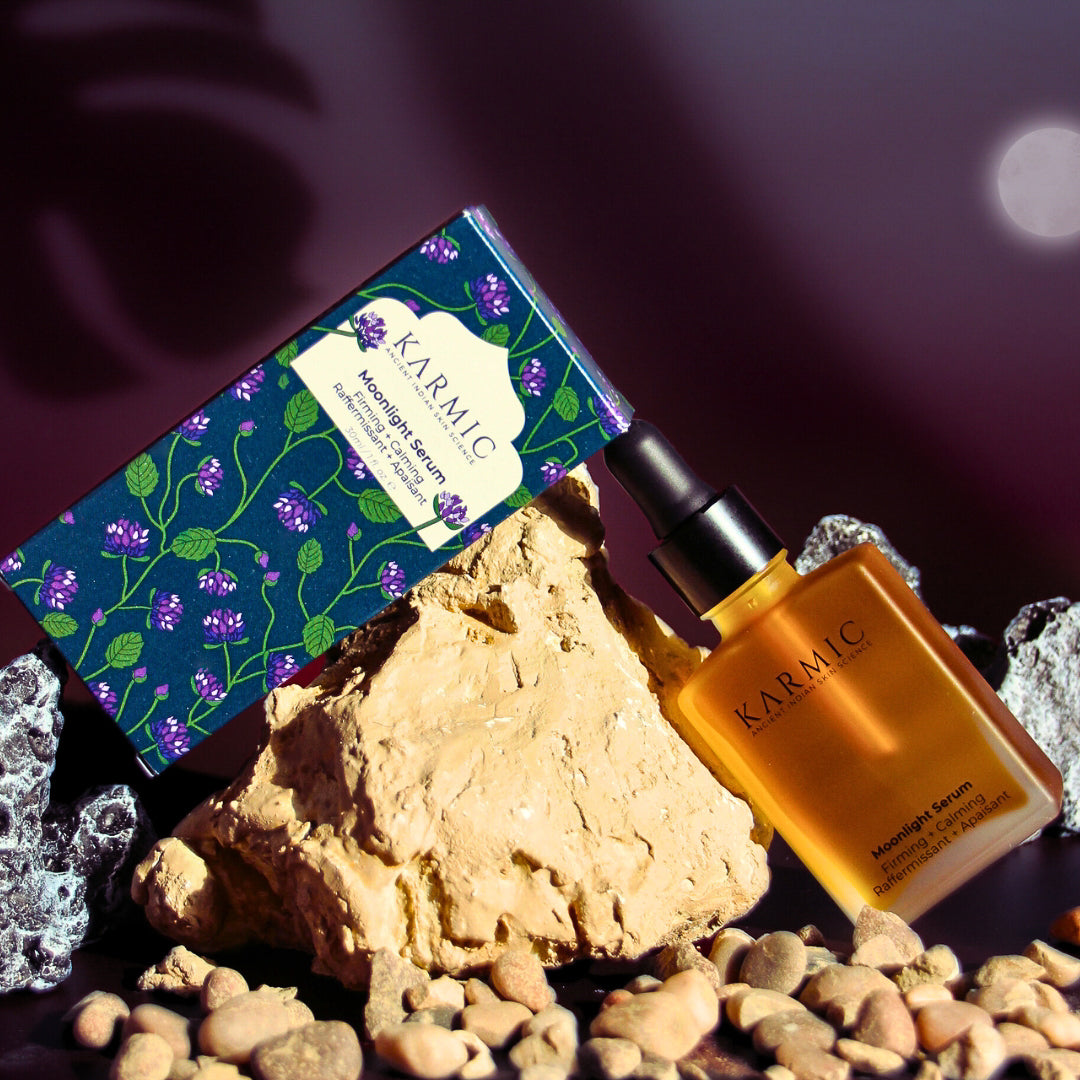Retinol has long been celebrated for treating pigmentation, dark spots and uneven skin tone. Whether you’re addressing sun damage or post-inflammatory hyperpigmentation, retinol offers promising results. However, it’s crucial to use it correctly, keeping in mind the best retinol serum for pigmentation and the best serum for pigmentation and dark spots. Missteps with retinol can cause irritation, dryness and even worsen pigmentation. Here are a few commo n mistakes to avoid when using retinol.
Applying Too Much Retinol Too Soon
One of the biggest mistakes people make with retinol is starting too strong, too fast. Retinol is a powerful ingredient that needs to be introduced gradually into your routine. If applied too frequently, it can cause irritation, redness and peeling, which can worsen pigmentation rather than improve it.
The key is to start slow. Use your retinol serum two to three times a week in the evening, and always follow up with a rich moisturiser to help combat dryness. Once your skin has built tolerance, you can increase usage.
If you’re using a plant-based retinol alternative like bakuchiol, it’s easier to avoid these side effects. It offers similar anti-ageing and pigmentation-fighting benefits as retinol but is far gentler, making it ideal for sensitive skin.
Skipping Sunscreen During the Day
When using retinol, applying sunscreen daily is essential. Retinol increases your skin’s sensitivity to UV rays, so if you skip sunscreen, you could actually worsen pigmentation and damage your skin further.
Make sure to use a broad-spectrum sunscreen with a minimum SPF 30 every day, even when it's cloudy. Sunscreen isn’t optional when using retinol—it’s essential for protecting your skin and allowing retinol to work effectively without counteracting its benefits.
Combining Retinol with Harsh Exfoliants
Exfoliating can be great for sloughing off dead skin cells and brightening your complexion. However, combining retinol with harsh exfoliants can cause irritation, dryness and worsen pigmentation due to increased cell turnover.
Instead, opt for gentle exfoliants like fruit enzymes or plant-based alternatives. Ingredients like rosehip seed oil and pomegranate extract, rich in antioxidants, protect the skin barrier while promoting a brighter, smoother complexion, making them ideal for those using retinol for pigmentation.
Not Moisturising Enough
Retinol can dry out the skin, which makes hydration essential. Without enough moisture, dryness may lead to flaking, redness,and worsened pigmentation. Well-moisturised skin repairs itself better and enhances retinol’s benefits. Look for moisturisers with natural ingredients like seabuckthorn oil or apricot kernel oil, which deeply nourish, repair and soothe the skin, improving texture and tone for those using retinol.
Ignoring Your Skin Type
Everyone’s skin reacts differently to retinol, so it’s important to consider your skin type. If you have dry or sensitive skin, retinol may be too harsh, leading to irritation and worsening pigmentation.
For oily or acne-prone skin, retinol can effectively treat both acne and pigmentation.
However, even if your skin tolerates retinol well, it’s crucial to introduce it gradually, moisturise regularly and always use sunscreen to avoid over-sensitisation and protect against further damage.
Expecting Instant Results
A common mistake with retinol is expecting quick fixes. Retinol gradually boosts collagen, increases cell turnover, and fades pigmentation, but noticeable changes can take weeks or months.
Patience is essential when using retinol or plant-based alternatives. Maintain a consistent routine and don’t rush the process. Meanwhile, maintain a well-rounded skincare regimen, including hydration and sun protection, to support retinol’s long-term benefits.
Safe Retinol Use: Cleanse, Patch Test, and Avoid Sensitive Areas
Retinol works best when introduced gradually to avoid skin sensitisation. Before applying, cleanse the skin thoroughly and ensure that it is dry. Patch testing is important, so start with the lowest strength and see what agrees with your skin. Avoid nightly use, as it can irritate sensitive areas like the eyes and neck, where the skin is thinner.
Start with a few applications per week to allow your skin to adjust. As tolerance builds, you can safely increase usage without risking irritation, leading to long-term improvements in pigmentation.
Conclusion
Retinol is a powerful tool for treating pigmentation, but it’s easy to make mistakes that could delay progress. By avoiding common errors like applying too much too soon, skipping sunscreen or using harsh exfoliants, you’ll maximise the benefits of your retinol serum. For those looking for gentler options, Karmic Skin’s plant-based alternatives provide the best serum for pigmentation and dark spots without the irritation, making them suitable for all skin types.




